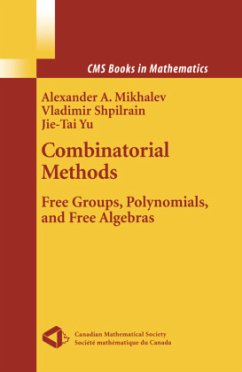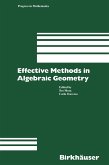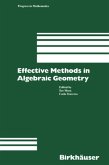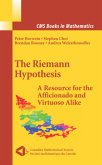This book is about three seemingly independent areas of mathematics: combinatorial group theory, the theory of Lie algebras and affine algebraic geometry. Indeed, for many years these areas were being developed fairly independently. Combinatorial group theory, the oldest of the three, was born in the beginning of the 20th century as a branch of low-dimensional topology. Very soon, it became an important area of mathematics with its own powerful techniques. In the 1950s, combinatorial group theory started to influence, rather substantially, the theory of Lie algebrasj thus combinatorial theory of Lie algebras was shaped, although the origins of the theory can be traced back to the 1930s. In the 1960s, B. Buchberger introduced what is now known as Gröbner bases. This marked the beginning of a new, "combinatorial", era in commu tative algebra. It is not very likely that Buchberger was directly influenced by ideas from combinatorial group theory, but his famous algorithm bears resemblance to Nielsen's method, although in a more sophisticated form.
From the reviews: "This book is devoted to a combinatorial theory of three types of objects: (1) free groups, (2) polynomial algebras and free associative algebras, (3) free algebras of the so-called Nielsen-Schreier varieties of algebras. It considers problems related mainly to the groups of automorphisms of these objects... The authors have done a lot of work to show that the same problems and the same ideas are the moving forces of the three theories. The book contains a good background on the classical results (most of them without proof) and a detailed exposition of the recent results. A large portion of the exposition is devoted to topics in which the authors have made their own contribution." -- MATHEMATICAL REVIEWS "The book consists of three parts: groups, polynomial algebras and free Nielsen-Schreier algebras. ... The book contains very interesting material to which the authors have made a valuable contribution. The book includes many open and very important problems. ... The exposition of the material is made with care. So the book could be recommended for students even as a textbook." (Vyacheslav A. Artamonov, Zentralblatt MATH, Vol. 1039 (8), 2004)










